How Smart Study Type Tags Are Reinventing Evidence Synthesis
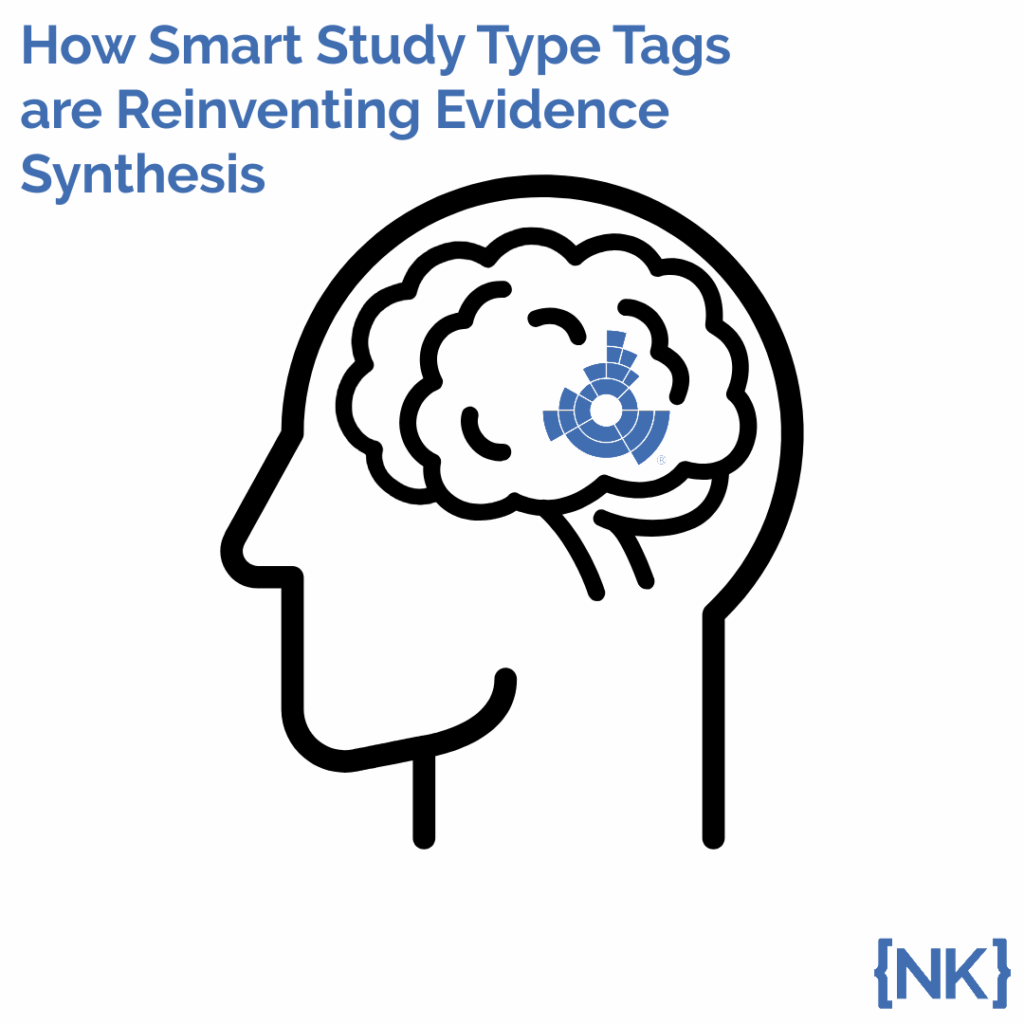
One of the features of Core Smart Tags is Smart Study Type – this refers to our AI system that automatically categorises the study type (design) of a given abstract. Knowing the study type is beneficial for a variety of reasons; most importantly filtering out studies that do not match the SLR protocol (which quite […]
Introducing Core Smart Tags

Introducing Core Smart Tags If you are familiar with Tagging in Nested Knowledge, you know how integral the process of setting up a tagging hierarchy is to overall study design. If Tagging is new to you, check out this article and then come back to this one! In short, Tagging is the critical function for […]
Feature Comparison for Systematic Literature Review: Nested Knowledge vs Spreadsheets

In the realm of conducting systematic literature reviews (SLRs), the question invariably arises: how do these new technologies compare to the trusty spreadsheet? Spreadsheets offer flexibility and a familiar interface, making them the default choice for many researchers. However, as the demands for more streamlined, faster, and AI-assisted SLRs grow, sophisticated tools like Nested Knowledge […]
How to Embed Synthesis on Your Website (Sharepoint, etc.)

How to Embed Synthesis on Your Website You can add Synthesis visuals to websites and other web-based platforms by embedding them. Here’s a step-by-step guide on how to embed Synthesis in your website: Step 1: Ensure Proper Access Level First, you need to ensure your Nest is Public or Protected by navigating to the settings page […]
The Data Is in: Deciding When to Automate Screening in Your SLR
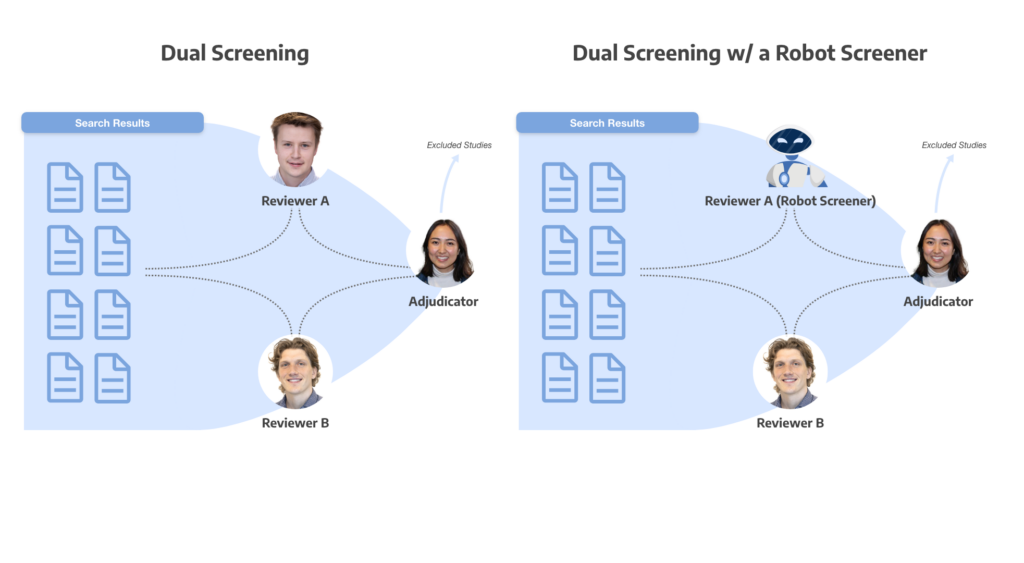
What happens when we substitute Robot Screener for a human screener? Most reviewers do not take the time to set up this feature, but it can shave off up to 46% of the total screening time.
Smart Tag Recommendations Explained: How GPT-4 Extracts Data From Full Texts
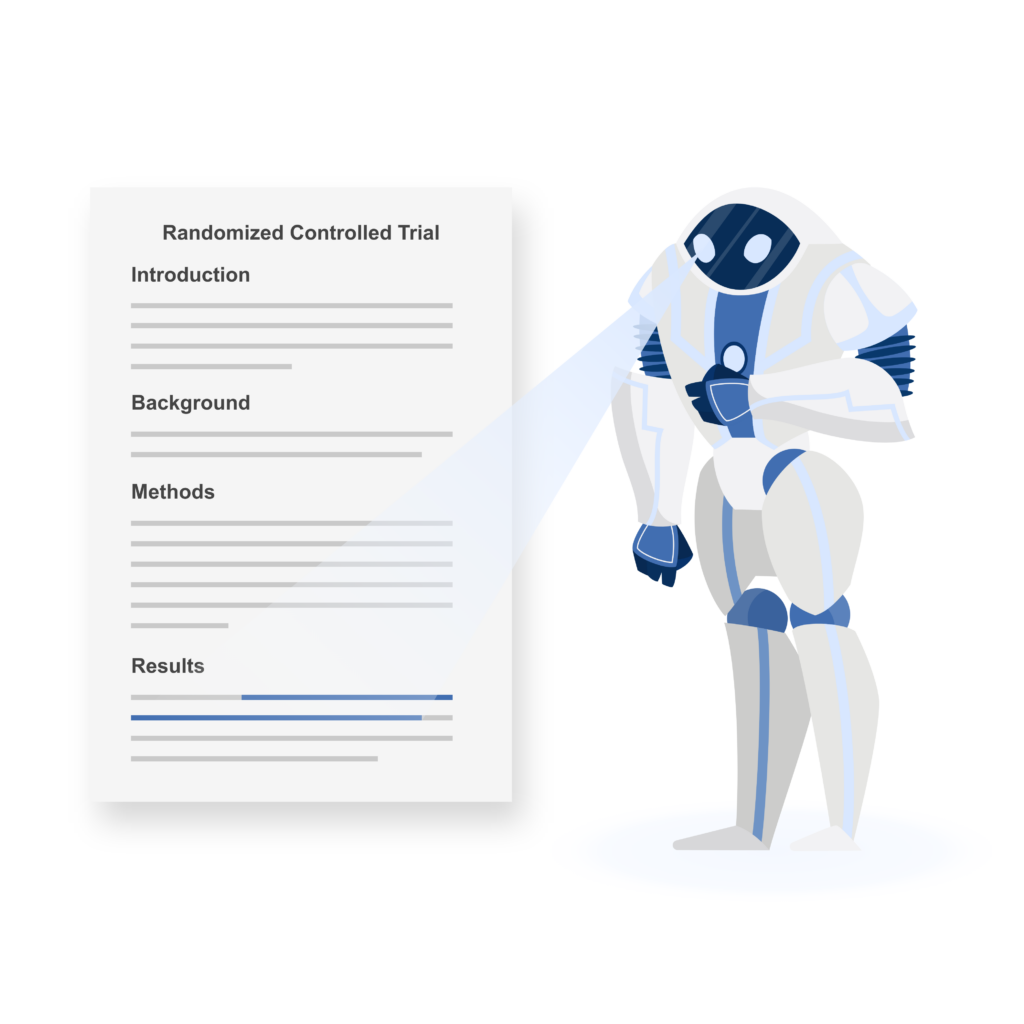
Adaptive Smart Tags Explained: How GPT-4 Extracts Data From Full Texts So…can ChatGPT Do Your Systematic Review? The short answer is no…but it might be able help speed up the process for you. When we first started to experiment with ChatGPT back in January, we knew the technology had serious promise, and even more serious […]
Artificial Intelligence at Nested Knowledge
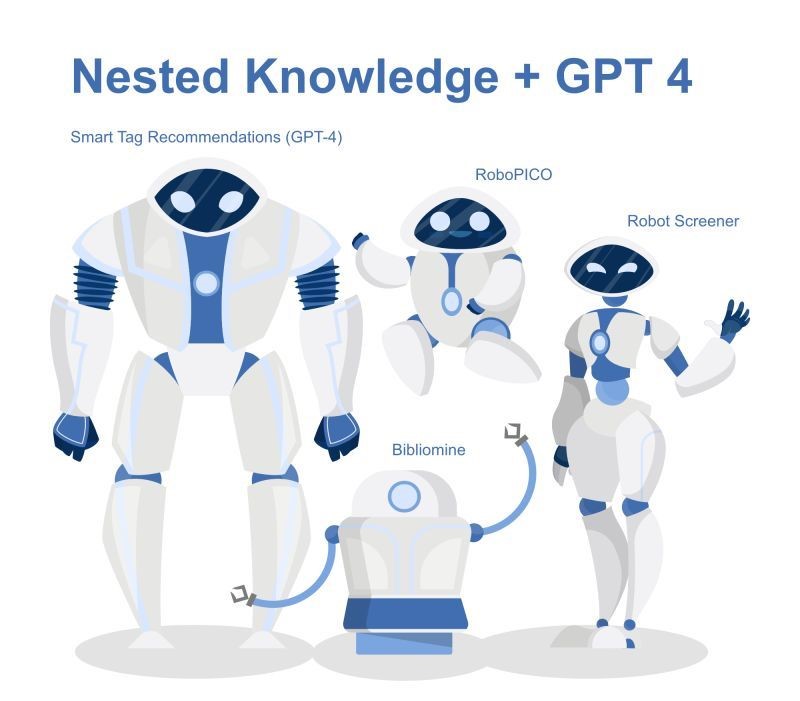
RoboPICO RoboPICO is an optional PICO highlight tool, used to find the most commonly mentioned populations, interventions, and outcomes in the abstracts and titles. It first is used to help suggest terms of interest when query building in the Search Exploration tool. After you string a few concepts together and click explore, you will get […]
10 Things to Keep in Mind When Setting Up Your First Nest

1. Understand What Nested Knowledge Is and What It Does Before you dive into all that Nested Knowledge (NK) has to offer, you should understand the two-fold nature of the software platform: AutoLit, and Synthesis. AutoLit is the workflow portion, enabling researchers to generate high-quality evidence, like systematic reviews and meta-analyses. Synthesis is the visualization, […]
Why You Should Use Tagging Hierarchies?
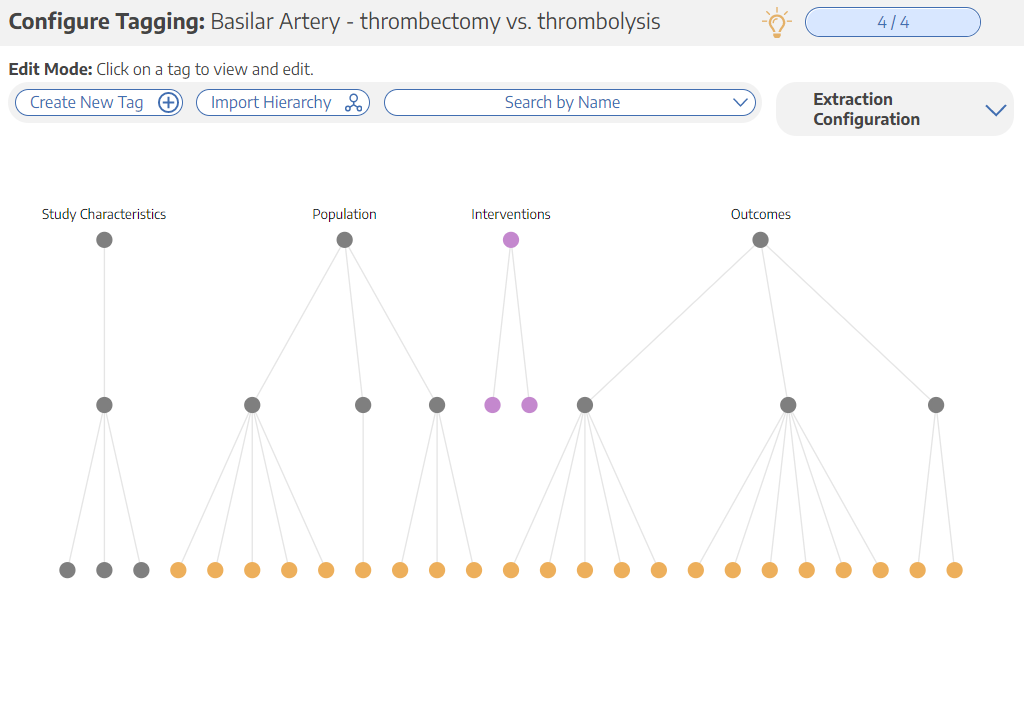
December 6, 2022 How Nested Knowledge users harmonize data, structure study content, and build expert knowledge into the platform. When reviewing the medical literature, the general set of steps are usually constructed as: Search for studies (on PubMed, Embase, and similar), Screen to include relevant articles (sometimes with multi-step or dual screening methods), Extract data […]
Medical Student Completes Fourteen Meta-analyses in Nested Knowledge

When I was first introduced to Nested Knowledge, I had zero publications, I did not even know what a systematic review was. I didn’t know what a Meta-analysis was…but I was motivated and NK provided the tools for me to learn and grow.
